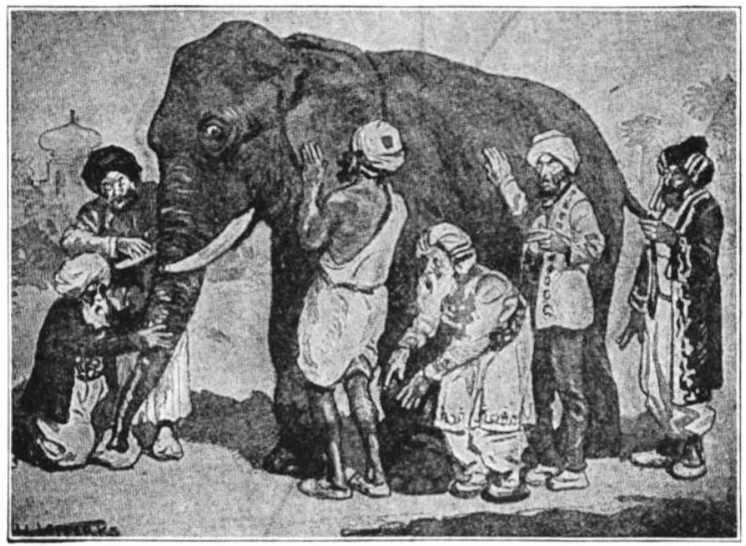The Blind Men and the Elephant
A central insight from systems theory is that you cannot understand system behaviour by looking only at the individual elements of a system.

To understand system behaviour you must look at the individual elements, its connections, and the purpose, goal, or function of the system.
This parable explains that quite nicely:
Beyond Ghor, there was a city. All its inhabitants were blind. A king with his entourage arrived nearby; he brought his army and camped in the desert. He had a mighty elephant, which he used to increase the people’s awe.
The populace became anxious to see the elephant, and some sightless from among this blind community ran like fools to find it.
As they did not even know the form or shape of the elephant, they groped sightlessly, gathering information by touching some part of it. Each thought that he knew something, because he could feel a part. . . .
The man whose hand had reached an ear . . . said: “It is a large, rough thing, wide and broad, like a rug.”
And the one who had felt the trunk said: “I have the real facts about it. It is like a straight and hollow pipe, awful and destructive.”
The one who had felt its feet and legs said: “It is mighty and firm, like a pillar.”
Each had felt one part out of many.
Each had perceived it wrongly
The essence of this story is a simple lesson that we often ignore: You can not predict the behaviour of a system by just knowing the elements of which it is made.





Comments